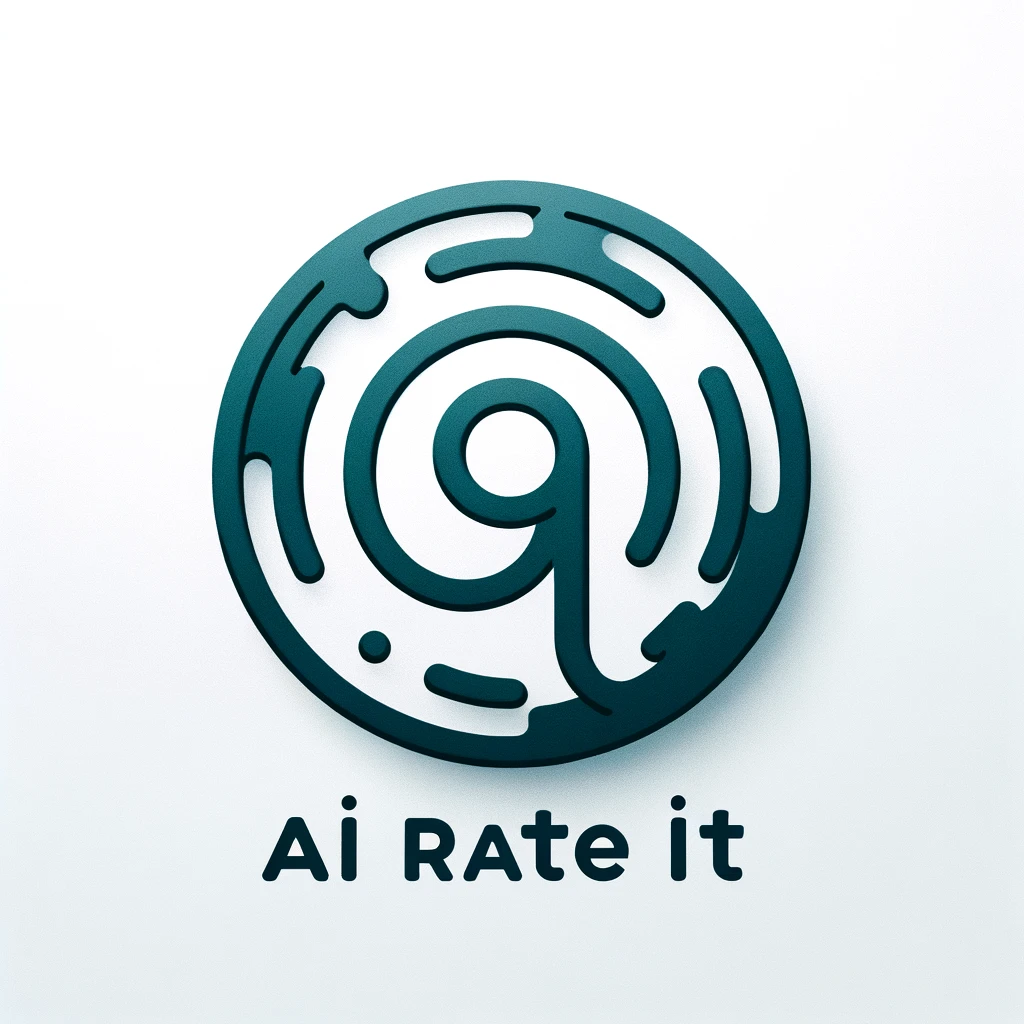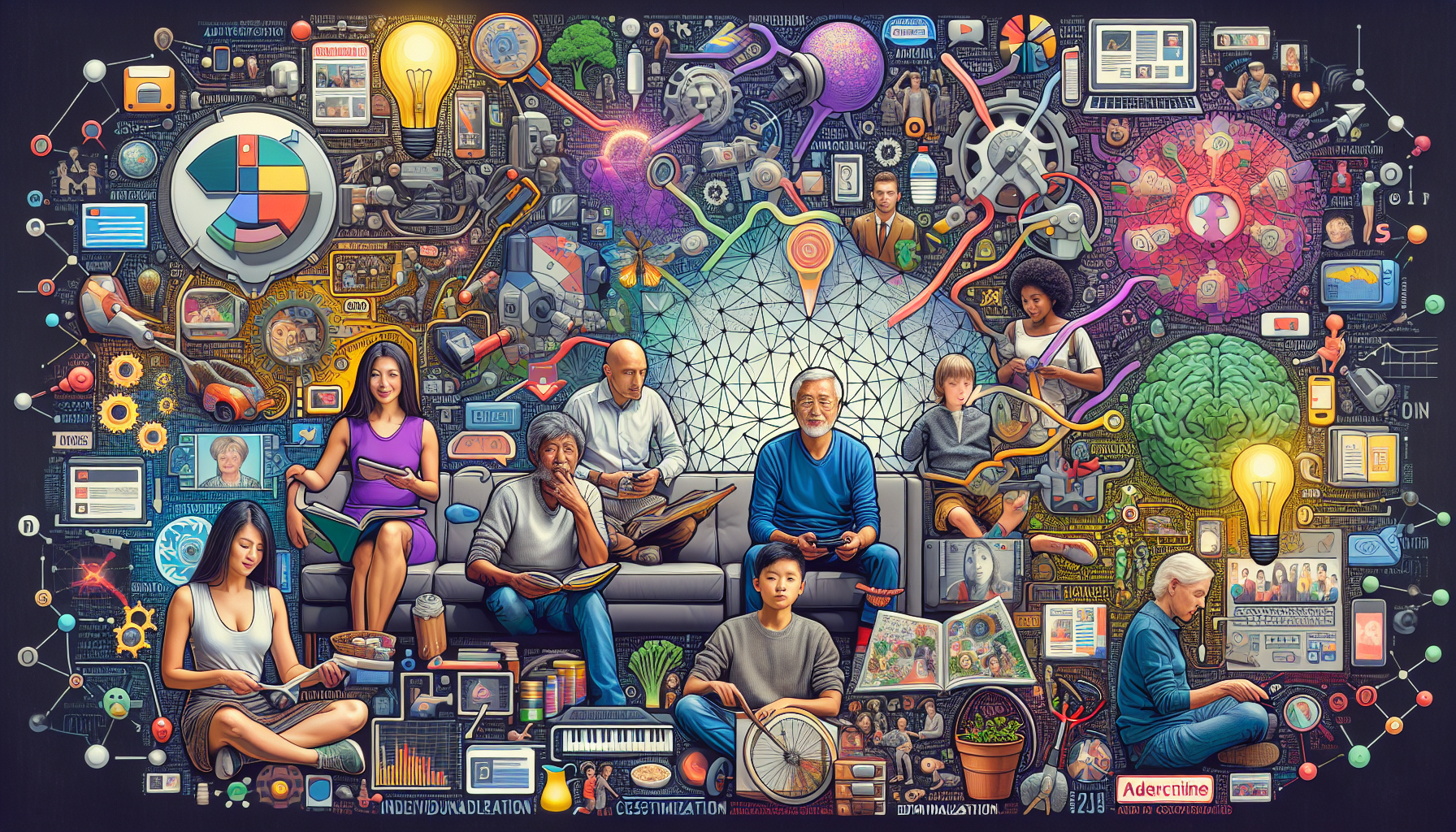Are you tired of seeing irrelevant ads that have nothing to do with your interests or needs? Well, say goodbye to those frustrating experiences because the future of ad audience segmentation is here, and it’s powered by AI-driven solutions. With the help of artificial intelligence, advertisers can now analyze vast amounts of data and accurately segment audiences based on their preferences, behaviors, and demographics. This means that the ads you see will be more tailored to your specific interests, providing you with a more personalized and enjoyable browsing experience. So, get ready to say hello to a world where ads are no longer a nuisance but a helpful source of information and entertainment.

AI-Driven Solutions for Ad Audience Segmentation
Ad audience segmentation refers to the process of dividing a target audience into distinct groups based on specific criteria such as demographics, interests, or behaviors. This segmentation enables marketers to create personalized and targeted advertisements that resonate with different audience segments. The advent of artificial intelligence (AI) has revolutionized the field of ad audience segmentation, providing innovative solutions to overcome the challenges faced by marketers. In this article, we will explore the definition of ad audience segmentation, discuss its importance, highlight the current challenges in this domain, and delve into the role of AI in ad audience segmentation. Furthermore, we will explore the benefits of AI-driven solutions and discuss different types of AI-driven solutions implemented in ad audience segmentation. Lastly, we will touch upon the implementation challenges faced by marketers and explore the future trends in AI-driven ad audience segmentation.
Definition of Ad Audience Segmentation
Ad audience segmentation involves the process of dividing a larger target audience into smaller, more specific groups based on certain characteristics or behaviors. By segmenting the audience, marketers gain a deeper understanding of their customers and can tailor their advertising strategies to meet the needs and preferences of each segment. Effective ad audience segmentation allows marketers to reach the right people with the right message, maximizing the impact of their advertisements.
Importance of Ad Audience Segmentation
Ad audience segmentation plays a crucial role in the success of marketing campaigns. By understanding the different customer segments within a larger audience, marketers can create personalized and targeted advertisements that resonate with each group. Some key benefits of ad audience segmentation include:
Targeted Marketing and Personalization
Segmenting the target audience allows marketers to create personalized advertisements that speak to the specific needs and preferences of each segment. By tailoring the message to each segment, marketers can significantly improve the relevance of their advertisements and increase the likelihood of engagement and conversion.
Improved Ad Relevance and Performance
When advertisements are delivered to a broader audience without segmentation, there is a risk of irrelevant ads reaching the wrong people. Ad audience segmentation ensures that the right ads are shown to the right audience, increasing the relevance of the ads and improving their overall performance.
Effective Resource Allocation
By segmenting the target audience, marketers can allocate their resources more effectively. Rather than wasting resources on marketing to a broad audience, they can focus their efforts and budget on the segments that are most likely to convert. This targeted approach leads to better utilization of resources and maximizes return on investment (ROI).
Enhanced Customer Understanding
Ad audience segmentation allows marketers to gain a deeper understanding of their customers. By analyzing the characteristics and behaviors of each segment, marketers can uncover valuable insights that can inform their marketing strategies and help them better serve their customers. This understanding leads to more effective marketing campaigns and improved customer satisfaction.
Current Challenges in Ad Audience Segmentation
While ad audience segmentation offers numerous benefits, there are several challenges that marketers often encounter in implementing effective segmentation strategies. Some of the prominent challenges include:
Lack of Accurate Data
Accurate and reliable data is crucial for effective ad audience segmentation. However, obtaining high-quality data can be challenging, especially when relying on traditional data collection methods. Incomplete or inaccurate data can lead to flawed segmentation and ineffective marketing efforts.
Manual and Time-Consuming Process
Segmenting a target audience manually can be a time-consuming and labor-intensive task. It requires marketers to analyze large amounts of data and make informed decisions about how to group customers based on specific criteria. This manual process can be both tedious and prone to human error.
Limited Audience Reach
Traditional segmentation methods may limit the scope of audience reach. Focusing on a narrow set of criteria may inadvertently exclude potential customers who may not fit neatly within predefined segments. This limitation reduces the overall effectiveness of marketing campaigns, as valuable segments may be missed.
Difficulty in Identifying Relevant Segments
Identifying the most relevant and impactful segments can be a complex task. Without the help of advanced technologies, marketers may struggle to identify the segments that offer the highest potential for conversion. This challenge often leads to suboptimal marketing strategies that fail to achieve desirable outcomes.
Role of AI in Ad Audience Segmentation
Artificial intelligence has emerged as a game-changer in ad audience segmentation. The capabilities of AI technologies, such as machine learning, natural language processing, and predictive analytics, have revolutionized the field and provided marketers with powerful tools to overcome the challenges mentioned earlier. Here are some key roles that AI plays in ad audience segmentation:
Automation and Efficiency
AI-driven solutions automate various aspects of ad audience segmentation, reducing the manual effort required from marketers. AI algorithms can analyze large volumes of data quickly and accurately, significantly speeding up the segmentation process and improving overall efficiency.
Advanced Data Analysis
AI-powered algorithms can analyze vast amounts of data much more effectively than humans. By leveraging complex algorithms, AI solutions can identify patterns, relationships, and insights within the data that may be overlooked by traditional analysis methods. This advanced data analysis enables marketers to gain a deeper understanding of their audience and make more informed decisions about segmentation.
Real-Time Decision Making
AI-driven solutions enable real-time decision making, allowing marketers to adapt their ad audience segmentation strategies on the fly. By continuously analyzing data and monitoring customer behavior, AI algorithms can provide instant recommendations and insights that help marketers optimize their campaigns in real-time.
Adaptive Learning
AI solutions can learn from past interactions and continuously improve their segmentation capabilities. By analyzing the performance of different segments and their corresponding advertisements, AI algorithms can adapt and refine their segmentation strategies over time. This adaptive learning ensures that marketers stay ahead of changing market dynamics and deliver more effective advertisements to their target audience.
Benefits of AI-Driven Solutions
The implementation of AI-driven solutions in ad audience segmentation offers numerous benefits for marketers. Here are some key advantages:
Improved Accuracy and Precision
AI algorithms can analyze large datasets with precision and provide accurate segmentation results. By eliminating human error and bias, AI-driven solutions increase the accuracy of segmentation, leading to more effective targeting and personalized messaging.
Faster and Scalable Segmentation
AI-powered solutions can process and analyze vast amounts of data in a fraction of the time it would take humans to do so manually. This speed and scalability enable marketers to segment their target audience more efficiently, even when dealing with large and complex datasets.
Enhanced Personalization
AI algorithms can analyze individual customer preferences and behaviors to create highly personalized advertisements. By tailoring the messaging and creative elements to each segment’s unique characteristics, marketers can deliver more relevant and engaging ads, leading to increased customer satisfaction and higher conversion rates.
Increased ROI
By delivering targeted and personalized ads, AI-driven solutions can significantly improve return on investment. By focusing resources on segments with higher conversion potential, marketers can optimize their advertising spend and achieve better results with their campaigns.
Types of AI-Driven Solutions for Ad Audience Segmentation
Several types of AI-driven solutions are employed in ad audience segmentation. These solutions leverage different AI technologies to enhance segmentation capabilities. Here are four common types:
1. Natural Language Processing (NLP)
Natural Language Processing (NLP) involves the analysis of human language using AI algorithms. In ad audience segmentation, NLP can be used to extract relevant information from customer reviews, social media posts, or other text-based data sources. NLP-powered solutions can automate text analysis, sentiment analysis, and topic modeling to gain valuable insights about individual segments.
2. Machine Learning (ML)
Machine Learning (ML) algorithms analyze historical data to identify patterns and make predictions. In ad audience segmentation, ML algorithms can be used to cluster customers into distinct segments based on their attributes or behavior. ML-powered solutions can also implement collaborative filtering techniques to identify similar audiences and recommend relevant advertisements to each segment.
3. Predictive Analytics
Predictive analytics utilizes historical data to make predictions about future behavior or outcomes. In ad audience segmentation, predictive analytics can help identify segments that are most likely to convert or respond positively to certain advertisements. This allows marketers to focus their efforts on the segments with the highest potential for success.
4. Image and Video Recognition
Image and video recognition technologies use AI algorithms to analyze visual content. In ad audience segmentation, image and video recognition can be used to identify patterns or objects within images and videos that are relevant to specific segments. This enables marketers to serve targeted advertisements based on the visual preferences of each segment.
AI-Driven Solutions Implementation Challenges
While AI-driven solutions offer immense potential for improving ad audience segmentation, their implementation is not without challenges. Here are some key challenges that marketers may face:
1. Data Privacy and Security
AI-driven solutions heavily rely on large volumes of customer data for effective segmentation. Ensuring the privacy and security of this data is a top priority. Marketers need to implement robust data protection measures and comply with relevant regulations to safeguard customer information.
2. Ethical Considerations
AI algorithms make decisions based on the patterns and insights derived from data. Handling sensitive topics or incorporating biases into these decision-making processes can have ethical implications. Marketers need to be conscious of these considerations and ensure that their AI-driven solutions prioritize fairness and inclusivity.
3. Integration and Compatibility
Implementing AI-driven solutions often requires integration with existing marketing systems and technologies. Ensuring compatibility and seamless data flow between different systems can be a complex task. Marketers need to carefully plan and execute the integration process to avoid any disruptions or loss of data.
4. Resource Requirements and Costs
Implementing AI-driven solutions may require significant investments in technology infrastructure, talent, and training. Marketers need to carefully assess the resource requirements and associated costs before implementing AI-driven ad audience segmentation solutions. Proper planning and budgeting are essential to ensure a successful implementation.
Future Trends in AI-Driven Ad Audience Segmentation
As AI technology continues to evolve, so too will its role in ad audience segmentation. Some future trends to watch out for include:
- Improved AI algorithms capable of analyzing diverse data sources, including audio and video content.
- Integration of AI-driven solutions with other marketing technologies, such as customer relationship management (CRM) systems, to provide a more holistic view of customers.
- Expansion of AI-driven solutions into emerging channels, such as voice-enabled devices and augmented reality platforms.
- Continued focus on ethics and responsible AI implementation to ensure fair and equitable ad audience segmentation practices.
Conclusion
AI-driven solutions have revolutionized ad audience segmentation, offering marketers powerful tools to reach the right people with the right message. By leveraging AI technologies like machine learning, natural language processing, and predictive analytics, marketers can improve the accuracy and precision of segmentation, enhance personalization, and allocate resources more effectively. However, implementing these solutions comes with its own set of challenges, including data privacy, ethical considerations, integration, and resource requirements. By understanding these challenges and staying abreast of emerging trends, marketers can leverage AI-driven solutions to unlock the full potential of ad audience segmentation and achieve better marketing outcomes.






